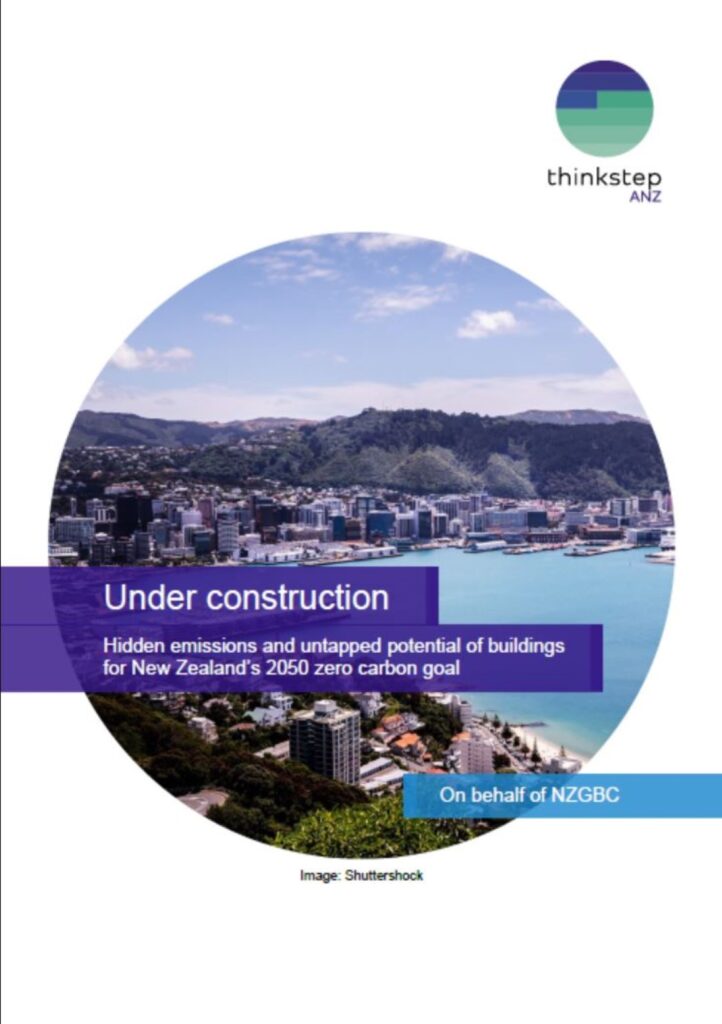Buildings and NZ’s 2050 zero carbon goal.
 thinkstep-anz’s report identifies opportunities to decarbonise New Zealand’s building and construction sector by 40% with a focus on embodied emissions from now until 2050.
thinkstep-anz’s report identifies opportunities to decarbonise New Zealand’s building and construction sector by 40% with a focus on embodied emissions from now until 2050.
The strategies set out in this report could save approximately 1,200 kt CO2e per year, equivalent to taking 460,000 passenger cars off the road permanently and 15% of New Zealand’s total light vehicle fleet.
The key materials contributing to embodied GHG emissions in New Zealand were found to be steel and concrete, which together contribute more than 50% of the carbon footprint of both residential and non-residential construction (excluding fit-out and building services). Aluminium was also very significant for non-residential construction. For residential construction, timber framing was the next biggest contributor, followed by paint, aluminium and plasterboard.
A collaborative effort will enable us to achieve or exceed the 40% decarbonisation potential identified in this report. Decarbonising the built environment will require the following:
· Collaboration among all players in the building sector
· Communication of good information and data
· Innovation in the manufacturing sector
· Policy development encouraging the use of materials with low embodied carbon.
To find out more or download the full report, click here.
